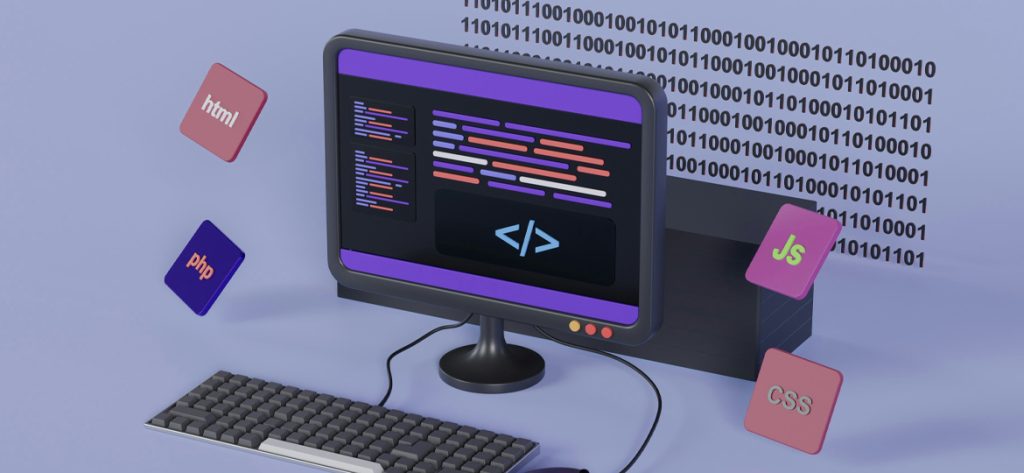If you’re a non-technical founder building an app with AI, there’s a good chance you’ve encountered one of two scenarios: either you’re stuck trying to fix something that’s broken, or you made a perfect prototype that ended up failing in production.
Why is this so common? Often, it’s because AI lacks the context it needs to perform well. Vague prompts, outdated training data, and a lack of real-world insight can limit AI outputs – and it relies on human experts to fill in those gaps. Founders who create quick prototypes with AI often leave lots of those gaps behind, creating multiple failure points. That’s where a vibe coding cleanup specialist can help.
At Vertical Motion, we’ve helped many non-technical founders get a look under the hood of their app’s architecture so they can understand where failure points are and what to do about them. Below are the key areas where AI projects often need expert intervention, and how we can help you build a robust app that’s truly ready to support your business.
What your vibe coded app needs to succeed
Coding requires a combination of creativity and precision: you can approach the same problem from multiple angles, but the code still needs to be exact to work properly. This freedom gives developers a lot of flexibility when deciding how to solve problems, but it can also create issues for non-technical founders working with AI.
In a word, your app needs context. AI won’t understand the context you don’t give it – and with any development task, there’s a lot of context that AI needs to create a solid foundation for an app. For example:
Vibe Coder Prompt
Professional developer prompt
The developer’s prompt prevents security issues, integration problems, and compliance issues by specifying technical constraints upfront. With the vibe coder’s prompt, the AI system has to make a lot of assumptions, leading to a higher potential for hallucinations and code that doesn’t fit real business needs.
Here’s Eric Roby with a deeper dive on the difference between how vibe coders and developers use AI tools, and the importance of development knowledge:
Your app needs current security best practices
AI training data can be months or years old, meaning it might suggest outdated security approaches or deprecated APIs that leave your app vulnerable to cyberattacks. Omissions and hallucinations can also create security risks that require human expertise to fix. AI needs collaborators with a current understanding of security best practices to fill in these security gaps.
Security Practises
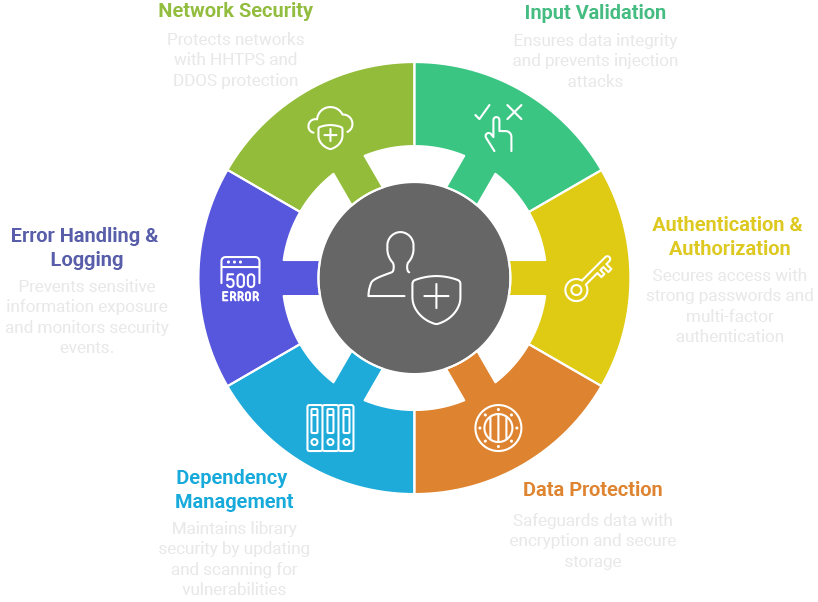
Example: Slopsquatting
Your Prompts Might Need More context
Even the most advanced AI tools can only work with the context you give them. They won’t understand the business requirements, existing codebase architecture, or performance constraints of your app unless you specify them in your prompts.
Competing Priorities for Optimization
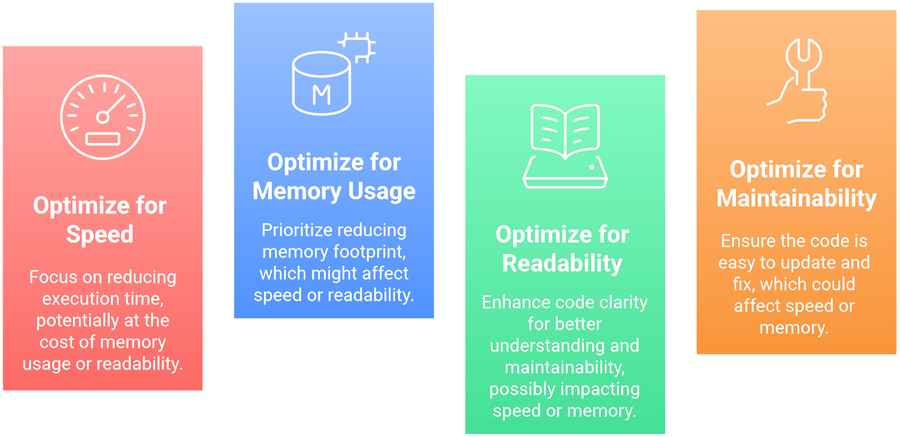
Example: "Efficiency"
You might tell AI to “make this code more efficient,” but it won’t know whether you want it to optimize for speed, memory usage, readability, or maintainability – and those often conflict with each other. You might say “my app is slow,” but haven’t mentioned that you’re running 50 database queries on every page load. Without full context, AI might optimize the wrong thing entirely.
Our AHA includes a complete inventory of your tech stack, including versions and libraries so you know what needs updating and when. It also gives you a clear roadmap for how to optimize performance given your unique business needs and user base.
You need fresh eyes to catch errors that AI tools miss
Most builders know that AI tends to hallucinate, but both humans and AI have blind spots when they’re reviewing code they’ve just created. AI can hallucinate and generate code with subtle logic errors or performance issues that only show up when the app is live, and sometimes human error can compound these issues.
Common Errors
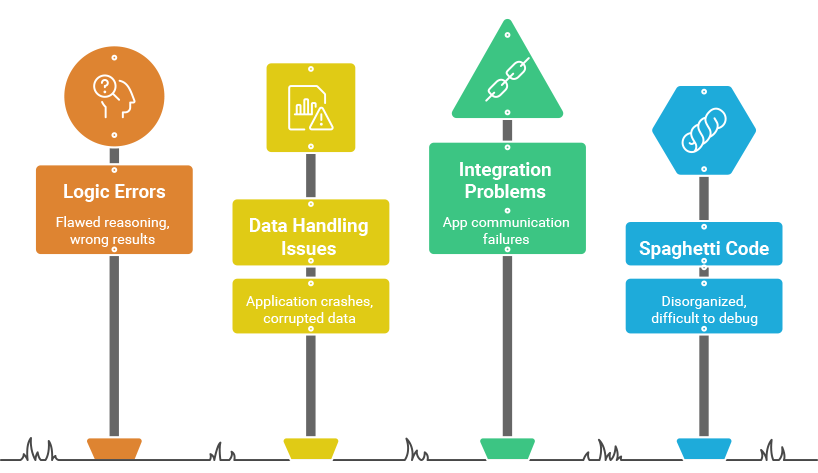
Example: Cryptic Errors
A user tries to submit a contact form on your website, but they see a cryptic error message that says “Error 500: Cannot read property ‘data’ of undefined at line 47 in contactHandler.js.” You know there’s something wrong with your app’s architecture, but you don’t know if it’s a small fix or a major problem.
Our AHA uncovers the root cause of errors like this, whether it’s a broken API connection, logic error, network problem, or some other issue. You’ll also get a detailed roadmap outlining what you need to do to restore the application, and how long it will take.
Your app needs to handle unpredictable user behaviour
AI tends to build things that work perfectly in testing environments (what’s commonly known as the “happy path” in software development) when everything goes according to plan. But users can be unpredictable, and your app needs to be able to handle edge cases where user inputs are unexpected.
Edge Case Tests AI Can't Perform
Example: Edge Cases
Your ecommerce app works perfectly when you test it on fast WiFi – but when a customer on a rural internet connection tries to check out, they click “Submit Order” and nothing seems to happen. They click again and again without realizing that each click is actually sending a new order request. By the time the order confirmation loads, they’ve placed five identical orders and been charged five times.
Our AHA can flag technical gaps that leave your app vulnerable to edge case problems (for example, no timeout handling for API calls). It spots the missing safety nets so fewer users fall through the cracks.
All that said, there’s nothing wrong with creating a software prototype or low-stakes tools with AI. It’s a fun way to experiment with ideas and create simple workarounds that make your life easier. But if you aim to scale, knowing when to bring in expert help can make all the difference.
When to bring in a vibe coding cleanup specialist
AI-powered tools let you build functional prototypes incredibly quickly – but as your app evolves from a weekend experiment to a mission-critical tool, the stakes get much higher. What started as “good enough for now” becomes “this needs to work reliably for thousands of users.”
This is the point where many builders get stuck. AI helped you create something amazing, but now you need expertise about real-world performance, security compliance, and building systems that scale under pressure.
Our team of experts at Vertical Motion can help you bridge this gap with a clear picture of your current issues and what issues you might face down the road.
- What’s broken now: If your app is giving your users warnings or errors, or even stopped working altogether, we can trace the problem back to the root cause and restore your app’s performance.
- What’s likely to break as you grow: You’ll get insight into pending roadblocks and updates that could lead to issues later, so you can avoid downtime and steer clear of upcoming failure points.
Ready to build a solid foundation for your vibe-coded app?
Vibe coding is often like building a facade for your app: it might look great, but without proper oversight it could also lack the foundation to support real growth. The more complex your app becomes, the more you need human created guardrails and documentation to keep everything working together properly.
AI can help with individual pieces, but it can’t maintain the “big picture” understanding of how everything should fit together as the system grows. Our Application Health Assessment can help you zoom out and understand what’s working, what’s at risk, and exactly how to build a robust foundation for success.
Want to learn more? Tell us about your project, and we’ll be happy to help you take it from idea to execution and beyond.
Vertical Motion is a trusted Canadian software development and entrepreneur assistance company that has supported the global efforts of startups, non-profits, B2B, and B2C businesses since 2006. With headquarters in Calgary and Kelowna, and team members coast to coast, Vertical Motion is recognized as an award-winning leader in the technology industry. Our team of executive advisors, project managers, software developers, business analysts, marketing specialists, and graphic designers have extensive experience in several industries including — Energy, Finance, Blockchain, Real Estate, Health Care, Clean Technology, Clothing & Apparel, Sports & Recreation, Software as a Service (SaaS), and Augmented & Virtual Reality (AR/VR).
Come chat with us and let us take you “From Idea to Execution and Beyond!” 🚀
